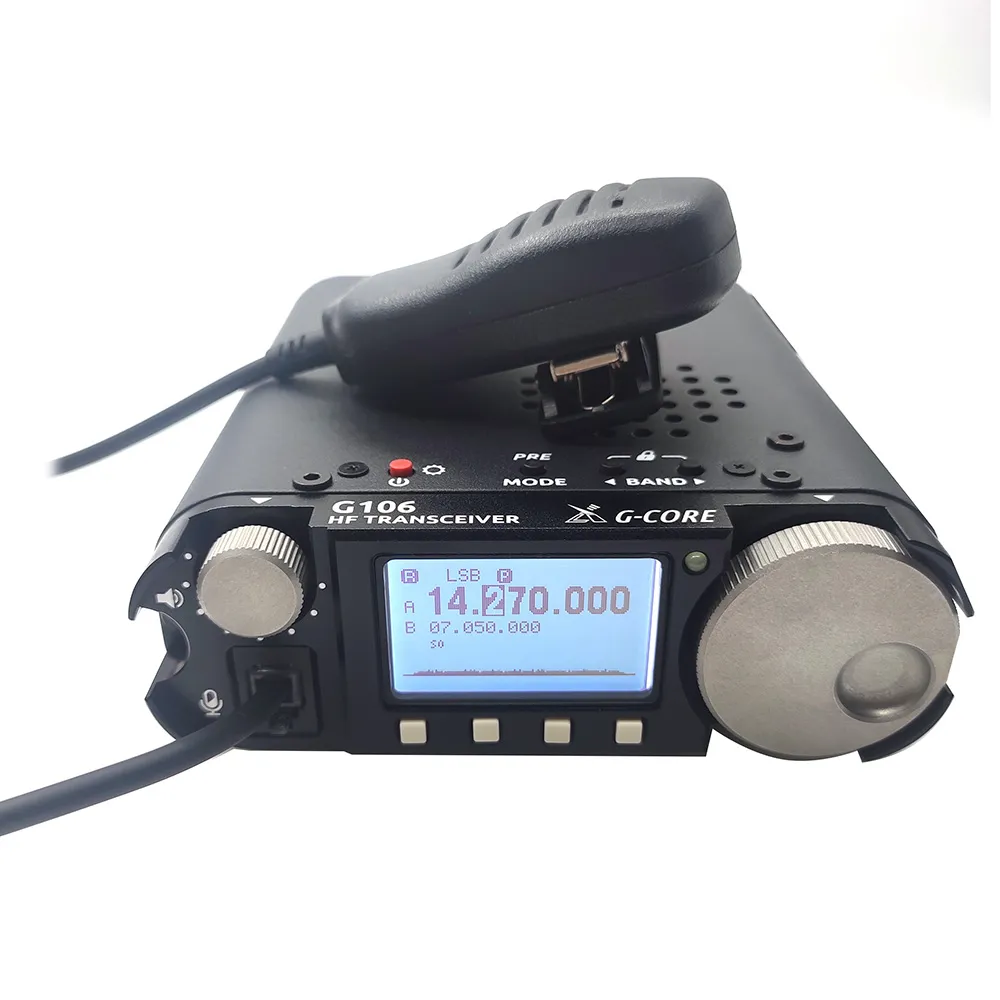As a traditional wireless communication method, shortwave radio can utilize sky and ground waves to achieve communication for thousands of kilometers or even globally, making it very useful in situations where long-distance information transmission is required. This series of unique advantages make it play an important role in various application scenarios such as military communication and emergency rescue.
Short wave radio communication may be subject to interference in certain situations, affecting the reliability and stability of communication. To reduce interference, a series of measures are usually required, such as using higher performance devices, improving antenna design, and adopting frequency hopping technology.

The most critical frequency hopping technology:
The frequency hopping technology of a shortwave radio station is a spread spectrum communication method that can divide the signal of a radio station into multiple small blocks and transmit them on different frequencies. The core principle is a communication method in which the carrier frequency of the transmitted signal between the transmitter and receiver varies discretely according to a predetermined pattern. This method enables communication signals to quickly jump between multiple frequencies, thereby improving the concealment and anti-interference ability of communication
Frequency hopping radio stations that use frequency hopping technology can improve the signal quality and listening range of the radio station. Due to the ability of frequency hopping radio stations to decompose their signals into multiple small pieces, they can spread over a larger range, thereby improving the quality of listening. In addition, frequency hopping radio can also support more radio applications, such as broadcasting in multiple languages and playing in multiple music formats.
The application of frequency hopping technology
Frequency hopping technology has a wide range of applications in military communication, civilian communication, and network communication. Among them, military communication is one of the earliest applications of frequency hopping technology.
In military communication, frequency hopping technology can effectively prevent enemy eavesdropping and interference, thereby ensuring the security and reliability of communication. In addition, frequency hopping technology can also be applied in fields such as satellite communication, radar systems, navigation systems, etc., to improve the anti-interference ability and security of these systems.
In the field of civil communication, frequency hopping technology has also been widely applied. For example, frequency hopping technology can be applied to communication systems such as wireless walkie talkies, mobile phones, Bluetooth, etc. to improve the security and anti-interference ability of these systems. In addition, frequency hopping technology can also be applied in wireless local area networks (WLAN) to improve the security and anti-interference ability of WLAN.
In the field of network communication, frequency hopping technology also has certain applications. For example, frequency hopping technology can be applied in wireless sensor networks to improve network security and anti-interference capabilities. In addition, frequency hopping technology can also be applied in the Internet of Things to improve its security and reliability.

Xiegu G106C Portable SDR Shortwave Radio 5W HF Transceiver QRP WFM Radio FT8
The Development Direction of Frequency Hopping Technology
With the continuous development of communication technology, frequency hopping technology is also constantly evolving and improving. In the future, the development direction of frequency hopping technology mainly includes the following aspects:
- High speed frequency hopping technology: With the continuous improvement of communication speed, higher requirements have been put forward for the speed of frequency hopping technology. The future frequency hopping technology needs to have higher frequency hopping rates to meet the needs of high-speed communication.
- Broadband frequency hopping technology: With the continuous expansion of communication frequency bands, higher requirements have been put forward for the frequency band of frequency hopping technology. The future frequency hopping technology needs to have a wider frequency band to meet the needs of broadband communication.
- Adaptive frequency hopping technology: With the continuous changes in the communication environment, higher requirements have been put forward for the adaptive ability of frequency hopping technology. Future frequency hopping technology needs to have stronger adaptive capabilities to adapt to complex communication environments.
- Frequency hopping network technology: With the continuous development of communication networks, higher requirements have been put forward for the networked application of frequency hopping technology. The future frequency hopping technology needs to have better networking capabilities to achieve the construction and management of frequency hopping networks.